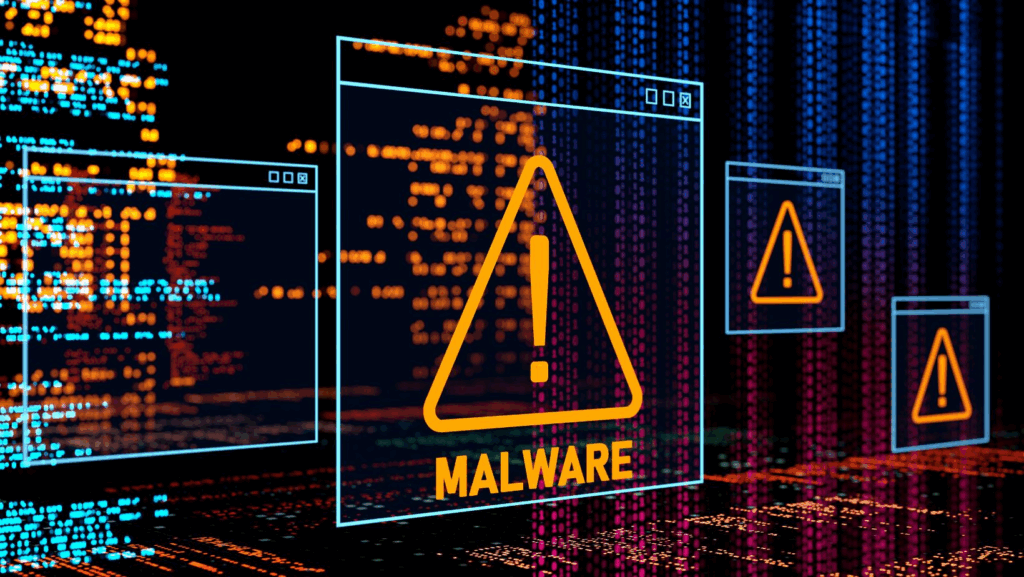In 2025, vulnerability mitigation has become one of the most important defensive measures in cybersecurity. Organizations face an overwhelming wave of new threats, and waiting days—or even hours—to apply a patch can be the difference between safety and a breach.
Historically, cybersecurity teams relied on a “patch immediately” approach: find a vulnerability, test the fix, and deploy it. While still relevant, this approach can’t always keep pace with today’s fast-moving cyber risks. Testing patches takes time, operational restrictions can cause delays, and in some industries, downtime is unacceptable.
To address this gap, companies are adopting the “Fix Now, Patch Later” model. This modern vulnerability mitigation process focuses on immediate protection using temporary measures while permanent patches are tested and deployed. It’s a smarter, faster way to mitigate vulnerabilities without sacrificing stability.
The “Fix Now, Patch Later” Approach
The “Fix Now, Patch Later” approach focuses on quickly applying temporary security measures to mitigate vulnerabilities, protecting systems instantly while planning and testing permanent patches for long-term safety.
Definition and Core Principles
The “Fix Now, Patch Later” strategy is a vulnerability mitigation strategy designed for agility. Rather than waiting for the perfect, permanent patch, it applies quick fixes to close attack vectors immediately.
Key principles include:
- Speed over perfection – Block attacks now, refine solutions later.
- Layered defense – Combine multiple temporary safeguards for maximum effect.
- Risk-based prioritization – Use threat intelligence to fix the most dangerous vulnerabilities first.
This method does not replace patching—it enhances it. You still deploy patches, but you don’t leave systems exposed in the meantime.
Benefits Over Traditional Patching Strategies
Compared to older methods, “Fix Now, Patch Later” offers:
- Reduced exposure time – Attackers can’t exploit a flaw if it’s already mitigated.
- Business continuity – No rushed emergency updates that risk breaking production systems.
- Scalability – Works across large, complex, or legacy environments where instant patching is impractical.
In other words, it’s security mitigation with real-world practicality.
Why It’s Necessary in 2025
Rapid cyber threats and patch delays make immediate security mitigation essential, reducing risk while awaiting permanent vulnerability fixes.
The Increasing Pace of Cyber Threats
Cybercriminals are faster than ever. According to recent industry research, some vulnerabilities are exploited within hours of public disclosure. That leaves almost no time for traditional patch testing and deployment.
Advanced persistent threats (APTs), ransomware gangs, and nation-state attackers now use automation to scan and target vulnerable systems at scale. Without rapid mitigation in cyber security, organizations risk severe breaches before a patch can even be scheduled.
The Limitations of Traditional Patch Management
The conventional process—identify vulnerability, test patch, schedule deployment—can take days or weeks. In industries like finance, healthcare, or energy, downtime is costly and sometimes dangerous. Testing patches too quickly can cause system instability, but waiting too long leaves an open door for attackers.
Here, security mitigation fills the gap, ensuring vulnerabilities are controlled while patches are prepared.
Steps to Implement “Fix Now, Patch Later”
Implementing “Fix Now, Patch Later” involves rapid vulnerability detection, immediate mitigation measures, and organized patch deployment for effective security mitigation.
1. Identifying Vulnerabilities Quickly
The first step in any vulnerability mitigation process is rapid detection. Effective approaches include:
- Automated vulnerability scanning across all systems.
- Continuous penetration testing of critical assets.
- Leveraging real-time threat intelligence feeds.
Organizations should maintain a centralized vulnerability inventory, so decision-makers always know the risk landscape.
2. Immediate Mitigation Techniques
Once a flaw is identified, the priority is to mitigate vulnerabilities instantly using measures such as:
- Virtual patching through intrusion prevention systems (IPS).
- Blocking malicious IPs or domains at the firewall level.
- Temporarily disabling or restricting vulnerable services.
- Deploying endpoint detection and response (EDR) tools for active monitoring.
These measures don’t eliminate the flaw, but they close the pathways attackers could exploit.
3. Delayed Patching: Managing Updates Efficiently
With temporary controls in place, teams can prepare for a permanent fix:
- Test patches in a controlled environment.
- Plan deployment during low-traffic hours.
- Verify remediation post-patch to ensure vulnerabilities are fully resolved.

This staged approach keeps systems secure without unnecessary operational risk.
Tools and Technologies Supporting This Strategy
Advanced automation, AI, and vulnerability management platforms streamline vulnerability mitigation strategies, enabling rapid detection, temporary fixes, and efficient patch deployment.
Automation and AI-Driven Tools
Automation plays a huge role in modern vulnerability mitigation strategies. AI-powered security platforms can:
- Detect vulnerabilities in real time.
- Automatically apply temporary security mitigation measures.
- Recommend the most effective fix based on live threat intelligence.
Vulnerability Management Platforms
Leading platforms help streamline the vulnerability mitigation process by:
- Prioritizing vulnerabilities based on severity and exploit likelihood.
- Integrating with patch management and security tools.
- Providing compliance and audit-ready reports.
Examples include Qualys, Tenable, and Rapid7, which offer dashboards, scanning, and risk scoring to keep mitigation efforts on track.
Real-World Examples of “Fix Now, Patch Later” in Action
- Healthcare – A hospital discovers a flaw in its patient management system. Applying a patch would require hours of downtime, so the team uses firewall blocks and endpoint rules until a weekend maintenance window.
- Finance – A bank spots a zero-day vulnerability in its online banking portal. Instead of risking customer disruption, they deploy web application firewall (WAF) rules to block malicious traffic until a vendor patch is tested.
- Manufacturing – A factory control system vulnerability is found, but applying the patch mid-production could halt operations. Temporary network segmentation and intrusion prevention keep it safe until a planned maintenance period.
These cases highlight how mitigation in cyber security can protect critical systems without rushing risky updates.
Comparison: Traditional Patching vs. Fix Now, Patch Later
| Aspect | Traditional Patching | Fix Now, Patch Later |
| Speed of Protection | Slow – after patch testing & approval | Immediate via temporary fixes |
| Risk Window | Long | Short |
| Operational Impact | Possible downtime during urgent patches | Minimal downtime |
| Flexibility | Limited in complex/legacy systems | Highly adaptable |
| Long-Term Security | Strong if patch applied promptly | Strong once patch deployed |
Challenges and Risks
Potential Downsides of Delayed Patching
While effective, this approach has risks:
- Temporary measures can be bypassed if attackers adapt.
- Teams might over-rely on mitigations and delay real fixes.
- Managing both temporary and permanent changes increases operational complexity.
Balancing Speed with Security
The solution is discipline:
- Set clear timelines for patch deployment.
- Maintain regular audits to ensure vulnerabilities are fully patched.
- Train teams to treat mitigations as stopgaps, not replacements.
A disciplined vulnerability mitigation strategy ensures speed doesn’t come at the cost of long-term security.
Conclusion
In 2025, the “Fix Now, Patch Later” approach reflects the realities of cybersecurity—speed matters, but so does stability. By mitigating vulnerabilities instantly and patching strategically, organizations achieve both goals.
This modern vulnerability mitigation process blends rapid response, automation, and layered defenses, making it a cornerstone of effective mitigation in cyber security. While not without challenges, the method’s adaptability, reduced exposure time, and operational benefits make it a leading security mitigation tactic for the years ahead.

